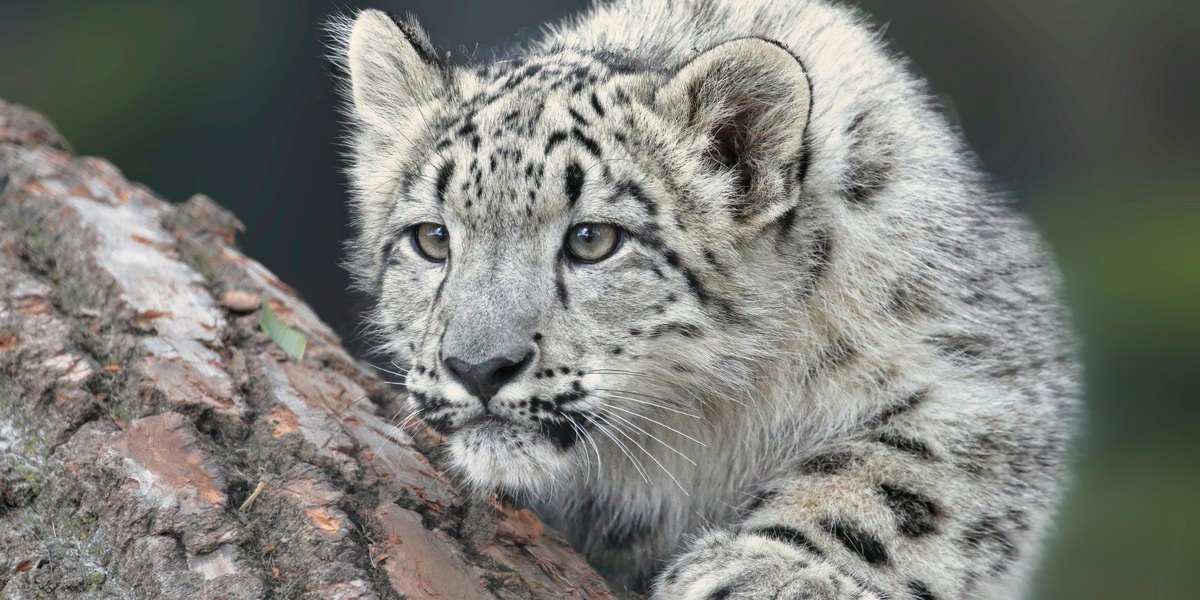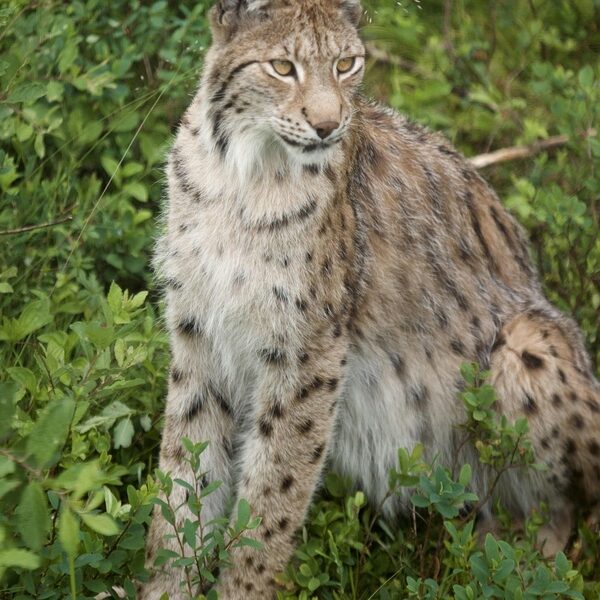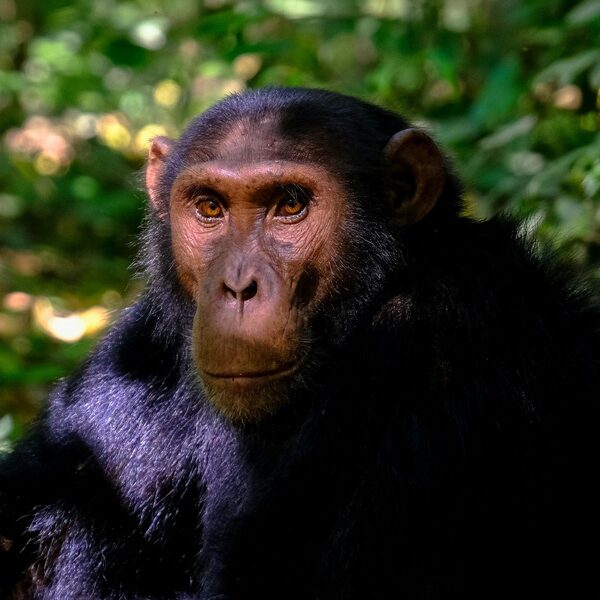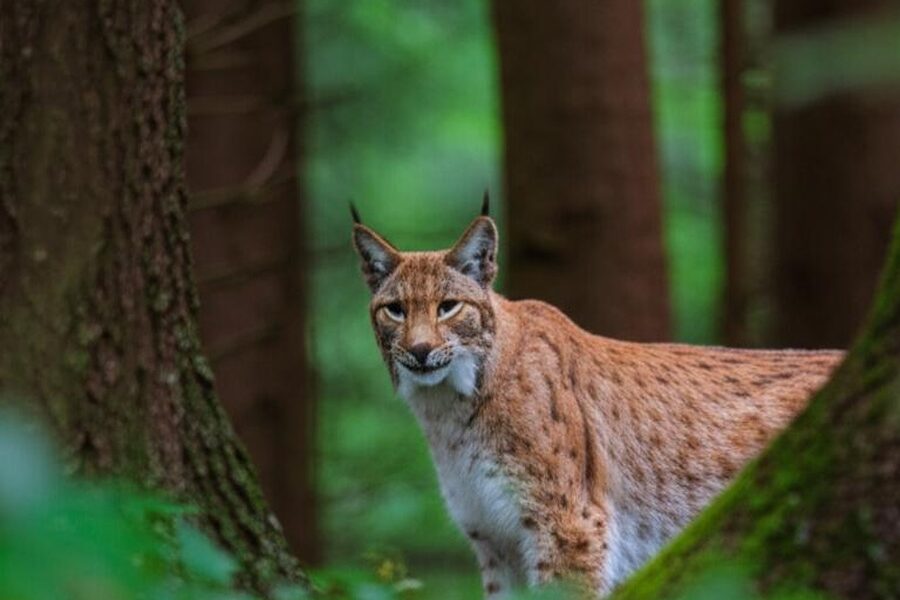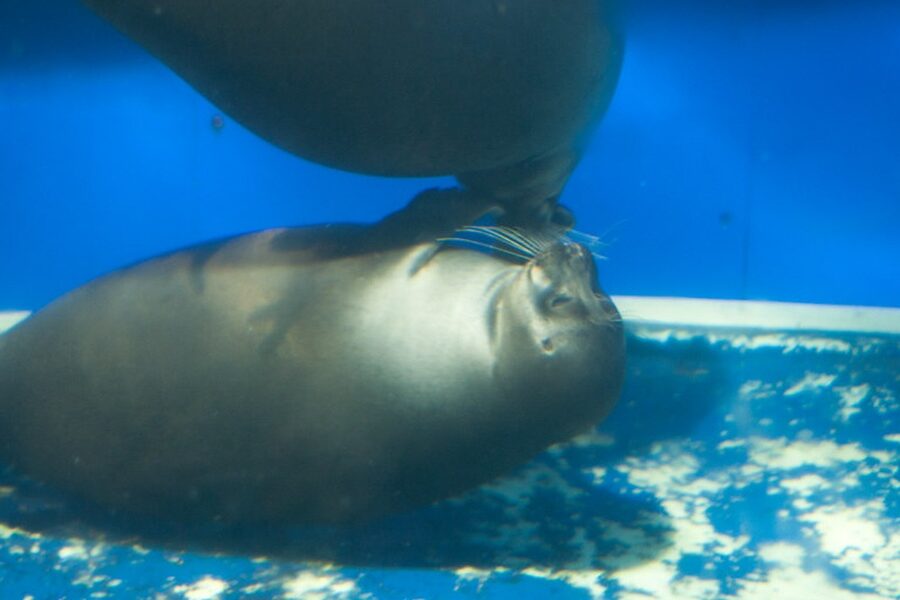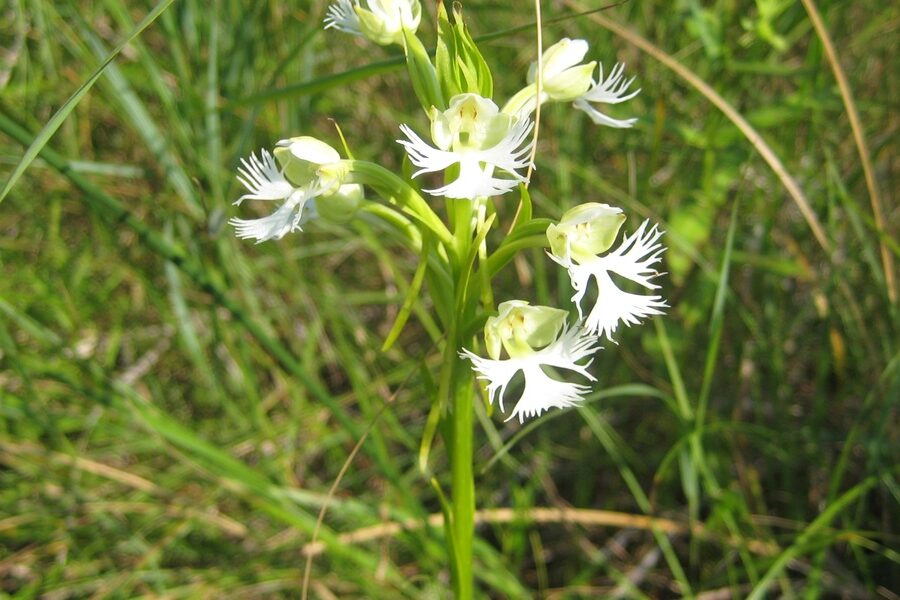Tajikistan’s rugged ranges and river valleys support a surprising variety of wildlife adapted to both alpine and lowland conditions, from rock faces to riparian forests. Seasonal movements and isolated habitats mean many species are locally specialized, so a single trip can reveal very different animals depending on elevation and region.
There are 34 Tajikistan’s native animals, ranging from Afghan pika to Wild boar. For each species you’ll find below entries organized with Scientific name,Typical weight (kg),Tajikistan range — brief, comparable data to help identify where and how these animals live; you’ll find below.
Which habitats in Tajikistan host the greatest number of native mammals?
Mountain slopes, alpine meadows, and river valleys tend to hold the highest mammal diversity: many rodents and ungulates occupy steppe and scree zones, predators follow prey into forested river corridors, and isolated valleys can host endemic or range-limited species.
How can I use the listed Scientific name,Typical weight (kg),Tajikistan range to plan wildlife viewing?
Use the scientific name to confirm species across guides, typical weight to gauge size and likelihood of detection, and the Tajikistan range to focus on provinces or elevation bands where sightings are most probable; combining all three narrows search areas and timing.
Tajikistan’s Native Animals
| Common name | Scientific name | Typical weight (kg) | Tajikistan range |
|---|---|---|---|
| Snow leopard | Panthera uncia | 40 | Pamir and high Pamir-Alay alpine zones |
| Marco Polo sheep | Ovis ammon | 100 | High Pamir alpine pastures and plateaus |
| Siberian ibex | Capra sibirica | 90 | Rocky cliffs across Pamir, Gissar and Alai ranges |
| Brown bear | Ursus arctos | 150 | Forested valleys and alpine woodlands in Gissar-Alay and some Pamir areas |
| Gray wolf | Canis lupus | 40 | Widespread in mountains, foothills and steppe |
| Red fox | Vulpes vulpes | 6 | Widespread across forests, steppes, and agricultural zones |
| Corsac fox | Vulpes corsac | 5 | Lowland steppe and semi-desert regions |
| Pallas’s cat | Otocolobus manul | 4 | Mountain steppes and rocky shrublands across northern and eastern Tajikistan |
| Eurasian lynx | Lynx lynx | 20 | Forest belts and remote mountain valleys |
| Wild boar | Sus scrofa | 80 | Forest and river valleys across much of the country |
| Himalayan marmot | Marmota himalayana | 6 | High-altitude meadows and plateaus in the Pamirs |
| Long-tailed marmot | Marmota caudata | 5 | Alpine and subalpine slopes in Pamir-Alay ranges |
| Tolai hare | Lepus tolai | 3 | Open plains, foothills and semi-desert lowlands |
| Eurasian otter | Lutra lutra | 10 | Rivers, streams and wetlands in mountain valleys |
| Goitered gazelle | Gazella subgutturosa | 25 | Semi-desert plains and lowland steppes (southern/central Tajikistan) |
| Bearded vulture (Lammergeier) | Gypaetus barbatus | 6 | High cliffs and crags of the Pamirs and Alai |
| Himalayan griffon | Gyps himalayensis | 7 | High montane cliffs and breeding ledges in Pamir ranges |
| Golden eagle | Aquila chrysaetos | 5 | Open mountains and high plateaus across Tajikistan |
| Chukar partridge | Alectoris chukar | 0.70 | Rocky slopes and shrubby hills throughout mountains |
| Himalayan snowcock | Tetraogallus himalayensis | 1.50 | High alpine scree and plateaus in the Pamirs |
| Demoiselle crane | Anthropoides virgo | 4 | Wetlands, river floodplains and migratory stopovers |
| Common crane | Grus grus | 6 | Wetlands and marshy stopover sites during migration |
| Eurasian griffon vulture | Gyps fulvus | 7 | Cliffs and mountainous regions where carcasses occur |
| Saker falcon | Falco cherrug | 0.70 | Open plains, semi-deserts and mountain edges |
| Macqueen’s bustard | Chlamydotis macqueenii | 6 | Dry lowland steppe and semi-desert areas |
| Upland buzzard | Buteo hemilasius | 1.20 | Open mountain slopes, plateaus and foothills |
| Little owl | Athene noctua | 0.20 | Farmlands, orchards and open woodlands across lowlands |
| Eurasian eagle-owl | Bubo bubo | 2 | Rocky cliffs, gorges and forested slopes in mountains |
| Central Asian tortoise | Testudo horsfieldii | 1 | Semi-desert and dry foothills in lowland Tajikistan |
| Steppe meadow viper | Vipera ursinii | 0.05 | Mountain meadows and steppe pockets |
| Caucasian agama | Paralaudakia caucasia | 0.15 | Rocky outcrops and sunlit cliffs in mountainous regions |
| Central Asian toad | Bufotes raddei | 0.05 | River valleys, oases and irrigated lowlands |
| Afghan pika | Ochotona rufescens | 0.20 | Rocky slopes and scree fields in foothills and lower mountains |
| Common kestrel | Falco tinnunculus | 0.20 | Open habitats, agricultural land and mountain edges |
Images and Descriptions
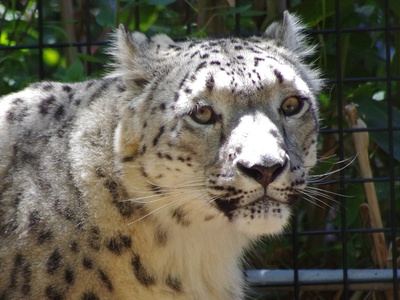
Snow leopard
Iconic high-mountain cat of the Pamirs, elusive and secretive. Look in rocky, snowy ridges; notable for powerful build and long tail that helps balance on steep slopes.
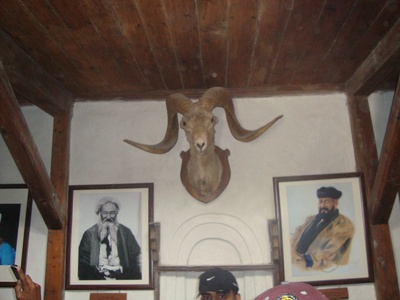
Marco Polo sheep
Famous for its long spiral horns, this large wild sheep grazes high grassy slopes. Best seen in remote Pamir ranges; a flagship species for Central Asian conservation.
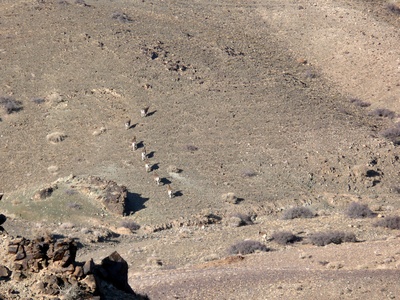
Siberian ibex
A sure-footed mountain goat with impressive curved horns, common on steep cliffs. Watch from ridgelines where herds graze at high elevation.
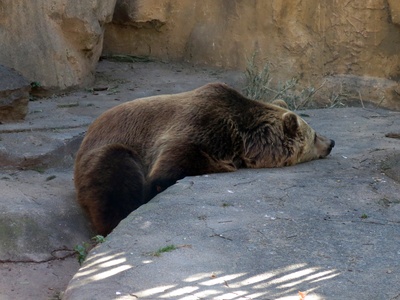
Brown bear
Large omnivore that visits fruiting shrubs and salmon-free rivers in summer. Hard to spot but tracks and diggings are common in remote valleys.
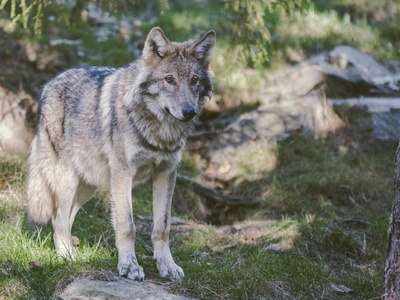
Gray wolf
Adaptive top predator that hunts wild ungulates and livestock. Wolves are most active at dawn and dusk in remote areas.
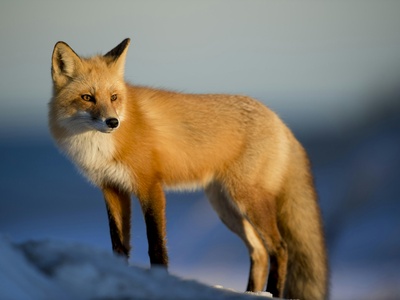
Red fox
Widespread and adaptable, the red fox thrives near people and in wildlands. Notable for its red coat and clever habit of caching food.
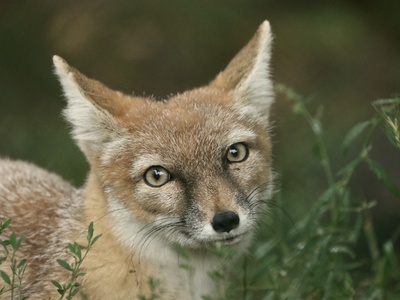
Corsac fox
A smaller, nomadic fox of open plains and semi-deserts. Known for swift movement and social tolerance during food abundance.
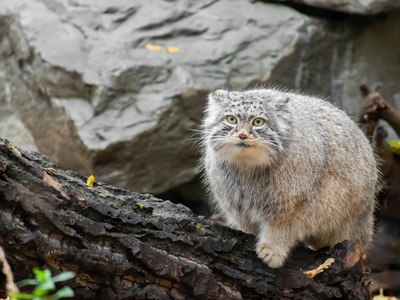
Pallas’s cat
A compact, flat-faced wild cat with dense fur adapted to cold steppes. Notable for its rounded ears and low-slung profile.
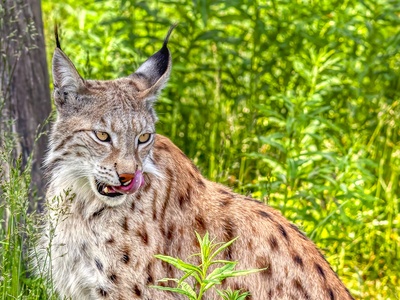
Eurasian lynx
Solitary, secretive ambush predator with tufted ears and large paws. Find signs in mature forested slopes and rocky ravines.
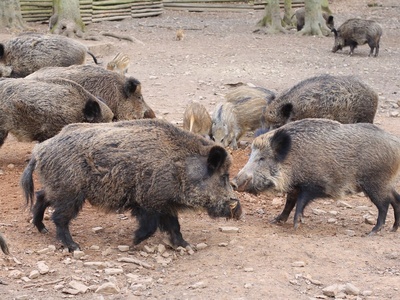
Wild boar
Robust omnivore that roots for food in woodland and riparian zones. Look for wallows, tracks, and rooting scars near rivers.
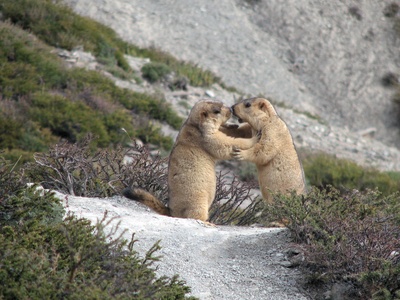
Himalayan marmot
Large burrowing rodent that forms colonies on alpine meadows. Notable for loud alarm calls and long hibernation periods.
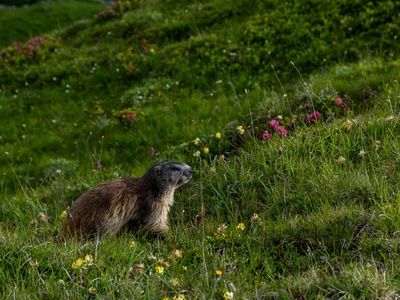
Long-tailed marmot
Social burrower often seen sunning on rocks. Their whistle calls alert colonies to predators; common in sparsely vegetated highlands.
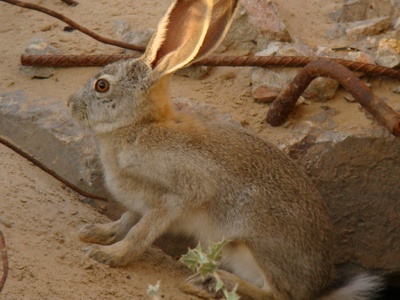
Tolai hare
A fast, agile hare adapted to arid lowlands. Easily spooked, but common in steppe habitats where it feeds on grasses and shrubs.
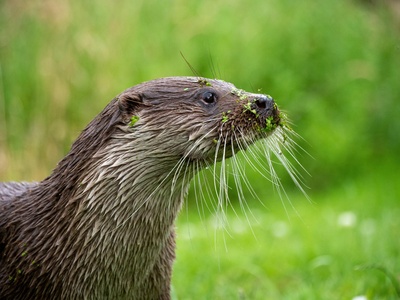
Eurasian otter
Semi-aquatic predator that eats fish and invertebrates. Look for slides, dens and spraint along clear mountain rivers.
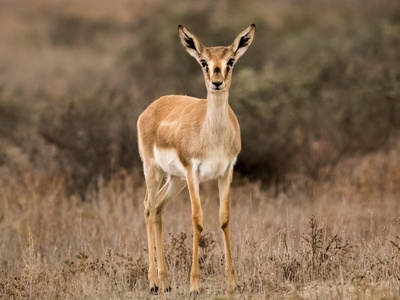
Goitered gazelle
Light-built gazelle of open plains, notable for speed and migration. Best sought in flat semi-arid regions away from heavy human use.
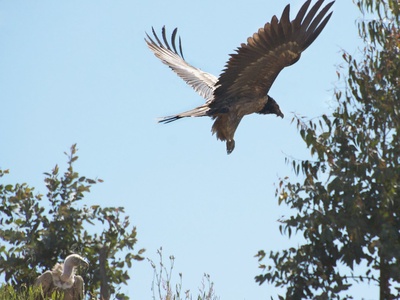
Bearded vulture (Lammergeier)
Bone-eating vulture that drops bones to crack them and feeds largely on marrow. Spectacular to watch soaring along mountain walls.
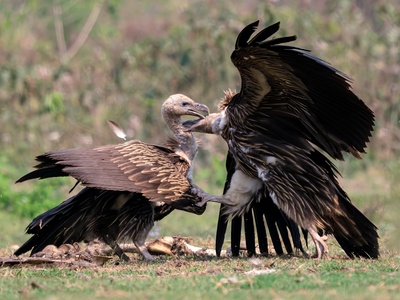
Himalayan griffon
Large scavenging vulture that nests on cliffs and soars on thermals. Important for carcass cleanup in high mountain ecosystems.
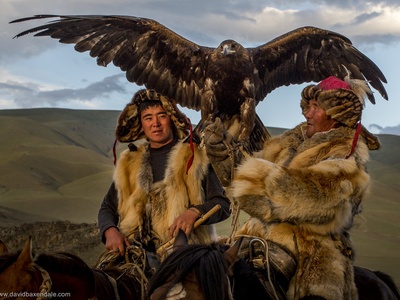
Golden eagle
Powerful raptor that hunts marmots and young ungulates. Often seen perched on promontories before springing into flight for a hunt.
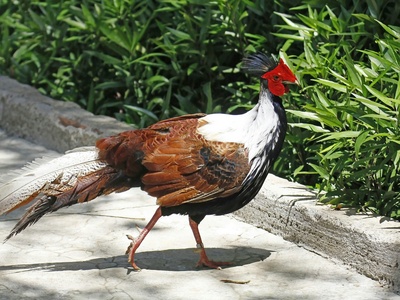
Chukar partridge
Gamebird of rocky terrain, often flushed on steep slopes. Known for its raucous calls and bold, bobbing run.
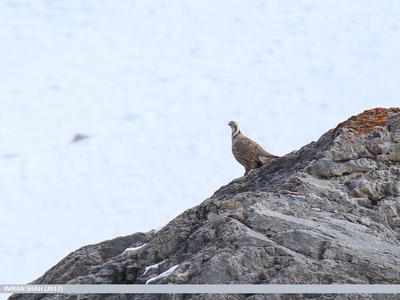
Himalayan snowcock
Cryptic mountain gamebird that blends into rocky slopes; listen for its loud, whistled calls at dawn and dusk.
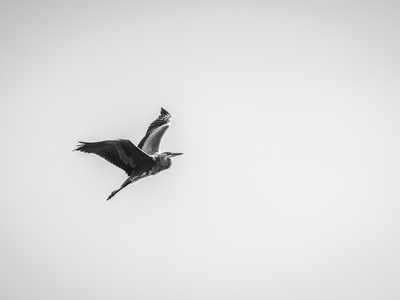
Demoiselle crane
Elegant migratory crane that passes through, often in small flocks. Notable for long migrations to South Asia and graceful courtship dances.
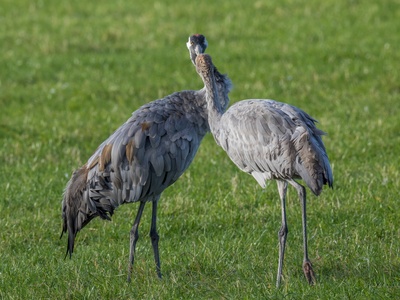
Common crane
Large migratory bird using Tajik wetlands seasonally. Enjoys shallow marshes and floodplains during migration periods.
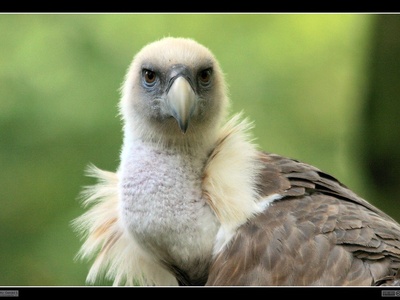
Eurasian griffon vulture
Social scavenging vulture that nests on cliffs. Often seen in groups circling above mountain valleys.
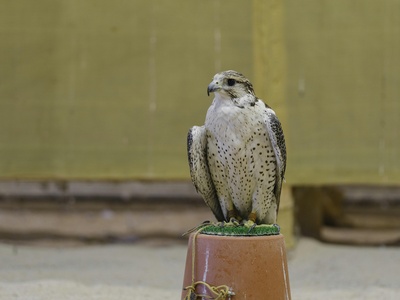
Saker falcon
Powerful falcon used historically in falconry across Central Asia. Notable for fast stoops and preference for open hunting grounds.
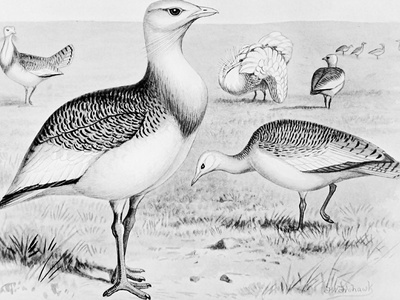
Macqueen’s bustard
Large ground bird of open plains, now reduced in range and rare. Best searched for in flat semi-desert habitats at dawn.
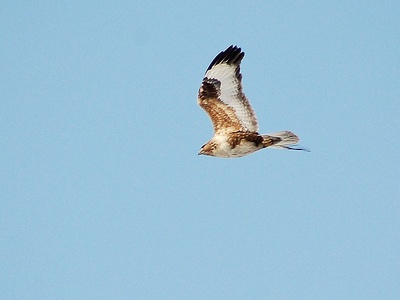
Upland buzzard
Common raptor of high plateaus that hunts rodents. Often seen perched on rocks or hovering above grasslands.
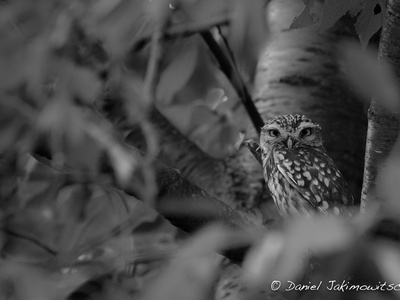
Little owl
Small, daytime-active owl often near villages. Notable for its approachable behavior and daytime hunting of insects.
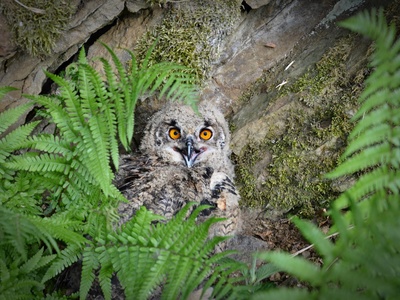
Eurasian eagle-owl
One of the largest owls with deep hoots; nests in rocky crags and nocturnally hunts mammals and birds.
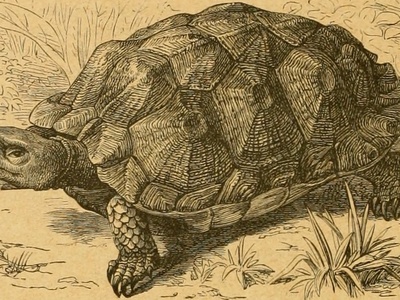
Central Asian tortoise
Hardy land tortoise of arid zones that eats herbs and succulents. Hibernates in burrows and is adapted to hot, dry conditions.
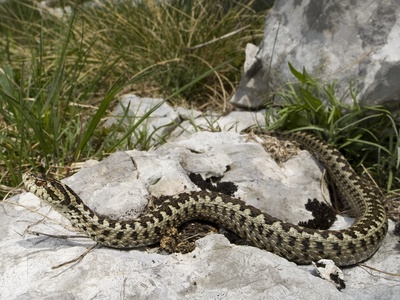
Steppe meadow viper
Small venomous viper of grassy habitats. Secretive and often found in alpine or subalpine meadows; handle with care and respect.
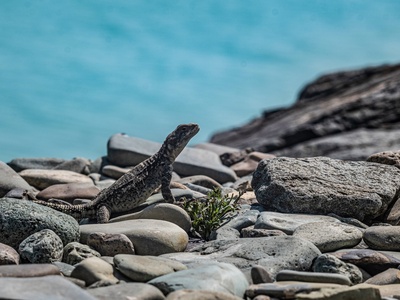
Caucasian agama
Spiky-backed lizard that basks on rocks. Notable for bold displays and quick dashes into crevices.
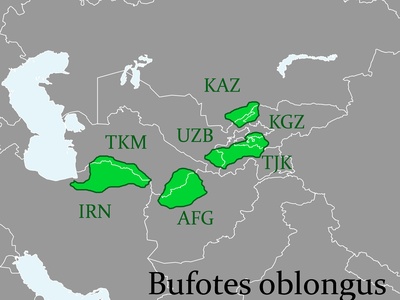
Central Asian toad
Common amphibian in streams and ponds, active in spring and summer breeding seasons. Known for loud breeding choruses near water.
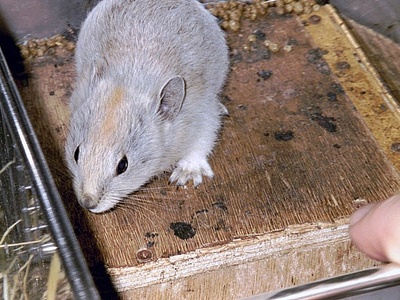
Afghan pika
Small lagomorph often seen in rocky talus; stores haypiles for winter and is a key prey for mountain predators.
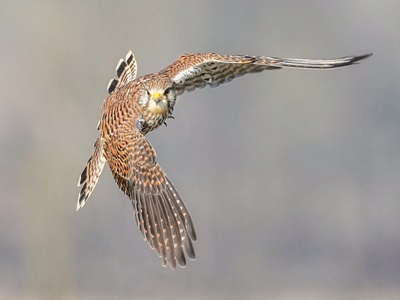
Common kestrel
Frequently seen hovering over fields hunting small rodents and insects. A familiar raptor near towns and countryside.
